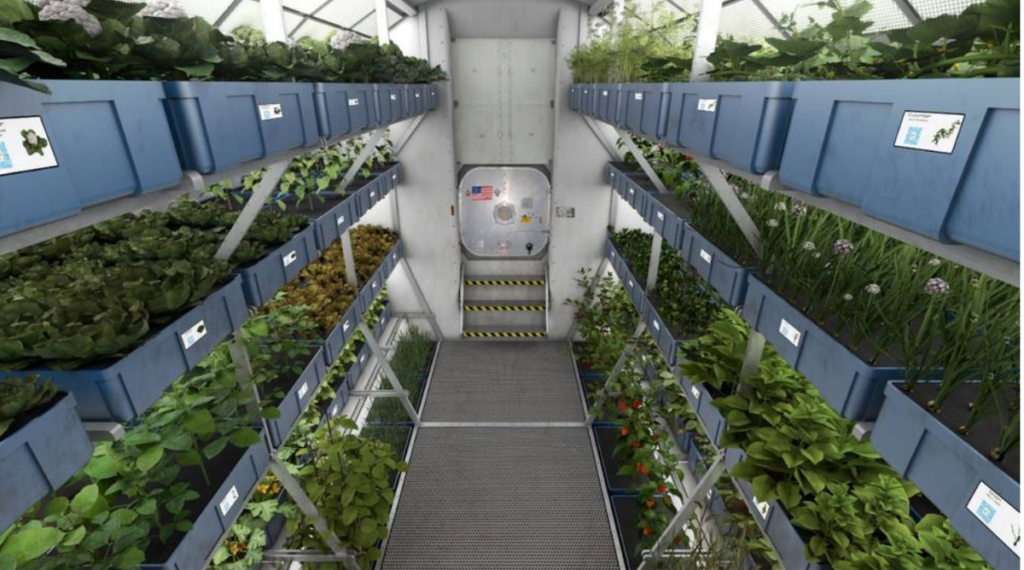
The Rise of Vertical Communities and their Pros and Cons
In recent years, a unique and innovative concept of urban housing known as vertical community living has become increasingly popular. Unlike traditional forms of housing, vertical community living involves building multi-story homes with shared spaces, amenities, and other features that promote an environment of communal living. This type of living offers a variety of advantages such as increased affordability, sustainability, and social connections. However, it also comes with its own set of challenges such as decreased privacy and space, and the risk of overcrowding and contamination issues.
Advantages of Vertical Community Living
The convenience and accessibility offered by vertical community living is one of its major advantages. Everything from restaurants to shops to offices is within walking distance or just a short ride away. This makes it easy for residents to get around without having to use a car for every errand or commute. Being able to access essential services quickly can help reduce stress levels for many people who are always on the go.
Another advantage is cost savings. Vertical communities can be much more affordable than traditional suburban neighborhoods due to their higher density design that allows multiple dwellings in a single building or area. Having multiple dwellings in one location also reduces infrastructure costs by eliminating the need for individual driveways, roads, sewers, and other amenities typically found in suburban neighborhoods. Additionally, multi-family dwellings often have lower energy costs since they’re designed with energy efficiency in mind due to their smaller size compared with single-family homes.
Vertical communities are often designed with sustainability at the forefront, making them much more eco-friendly than traditional suburbs that require extensive resources to maintain. This environmentally conscious design reduces waste and carbon emissions, making them ideal for individuals who want to reduce their environmental impact.
Disadvantages of Vertical Community Living
While vertical community living has many benefits, it also has its downsides. One major downside is decreased privacy and space. In a vertical community, residents are often cramped into tight spaces with limited privacy. This can be especially true if you live on one side or another within the building, as your neighbors can easily see into your home or apartment if they look out their windows. Additionally, even if you have a large unit or house in the building itself, it may still feel cramped due to its size relative to other buildings around it. This could lead to feelings of claustrophobia for those who struggle with such issues or just don’t enjoy feeling closed-in when indoors.
Another key downside is the risk of overcrowding and contamination issues. The density of vertical communities makes it easier for contagious diseases to spread. Additionally, the risk of overcrowding can lead to noise pollution, a lack of privacy, and other issues that may affect the quality of life for residents.
Conclusion
In conclusion, vertical community living offers a unique way for people to live in close proximity to one another while still maintaining their individual independence. It has many advantages such as increased affordability, sustainability, and social connections. However, it also comes with its own set of challenges such as decreased privacy and space, and the risk of overcrowding and contamination issues. Individuals interested in vertical community living should carefully consider the pros and cons before making a decision.
With a solid foundation in technology, backed by a BIT degree, Lucas Noah has carved a niche for himself in the world of content creation and digital storytelling. Currently lending his expertise to Creative Outrank LLC and Oceana Express LLC, Lucas has become a... Read more